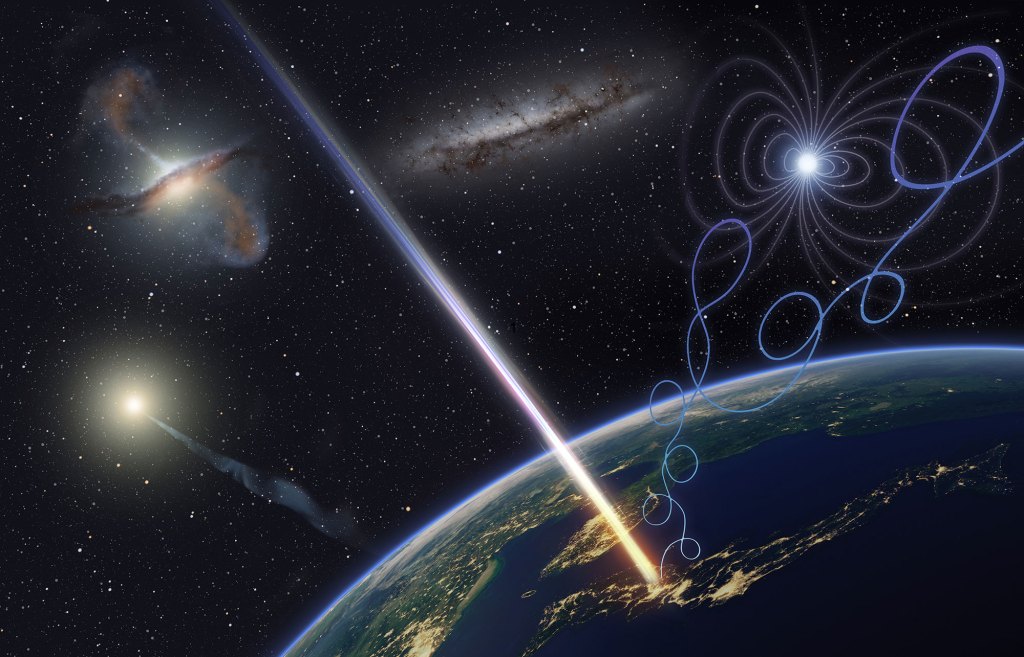Nuclear fusion is the energy of the Sun and the stars, and there’s a worldwide scientific quest to produce it as a clean, sustainable energy source.
In Europe, the international scientific community has supported large fusion reactors like the Joint European Torus (JET) experiment in the UK and the International Thermonuclear Experimental Reactor (ITER) currently being built in France.
Videos by VICE
But one group of UK researchers says that the key is to think smaller, and to mash together spherical reactors (a squashed-up version of regular-shaped reactors) and high temperature superconductors to accelerate the development of fusion energy. Their early prototype devices have a 1.2m diameter, and next up, they’re are aiming to build machines that are 3m high with a 2.5m diameter.
“The mainstream view with these devices is that you have to get bigger and bigger in order to produce fusion energy. But we set about trying to use these high temperature superconductors,” David Kingham, physicist and CEO of Tokamak Energy, told me. “Instead of making bigger reactors, you go to a higher [magnetic] field that enables you to contain the plasma in an effective way.”
Tokamak Energy is a UK-based fusion energy startup that aims to produce abundant, safe, and CO2 emission-free energy within the next decade. It says that if successful, fusion energy could change the Earth’s energy landscape. “Just one kilogram of fusion fuel releases as much energy as 10 million kilograms of fossil fuel,” Melanie Windridge, physicist and business development manager at Tokamak Energy, told me at the Royal Society Summer Exhibition.
For the uninitiated, fusion is made by forcing together small hydrogen particles isotopes to make larger helium atoms at temperatures of over 100 million degrees. The process is done in donut-shaped machines called “tokamaks” that use magnetic fields to trap the plasma (charged gas) made when larger particles form, creating energy.
“The idea is that the tokamak is like a magnetic bottle. On the Sun, the plasma is held in place by the gravitational force of the Sun. If we want to get fusion on Earth, we have to have some other means of holding the plasma at high temperatures and pressure for a long time, and a magnetic field is a good way of doing it,” said Kingham. “You can’t use solid materials because the plasma is at 100 million degrees and would melt or erode anything it touched.”
Kingham explained that the first superconducting magnets were made from low temperature superconductors. “These work when cooled by liquid helium at about four kelvin, so that’s four degrees above absolute zero,” he said.
These first generation superconductors, however, couldn’t work well in high magnetic fields. In contrast, the high-temperature superconductors currently used by Tokamak Energy can withstand temperatures of 20-30 kelvin and magnetic fields of 20-30 teslas. To achieve fusion conditions in a compact tokamak, it’s important to have very high magnetic fields so that the plasma can be contained in a smaller vessel.
“Firstly, we want to get a very high energy field and this material [the superconductor] can do it. Secondly, we don’t want to spend a huge amount of energy cooling the magnets, so we want to run as high a temperature as possible, but we need the magnets to be superconducting otherwise we’re wasting a huge amount of energy,” Kingham explained.
“We’re aiming for ten years, but no one knows the problems; it might be easier, or it might be more difficult.”
At present, the international scientific community is supporting the construction of the $14 billion ITER tokamak in the South of France. Kingham acknowledged that the ITER would be a valuable device, but stressed that it was important to consider smaller alternatives that could accelerate the development of fusion energy.
“Investors hate to put all their eggs in one basket. Our message here is to build things smaller, and if they’re not perfect, build another one and make them better,” Colin Windsor, a physicist and consultant at the company, told me.
In contrast to the billion-dollar ITER project, Kingham estimated that Tokamak Energy’s 10-year plan to try and produce electricity from fusion would cost around 500 million dollars. That may turn out to be overly ambitious. “We’re aiming for ten years, but no one knows the problems; it might be easier, or it might be more difficult,” said Windsor.
Fusion research started in the 1950s and progress has been slow, however, the researchers at Tokamak Energy asserted that if fusion energy could be made to work, it could be scaled quickly. “The electricity produced wouldn’t have any carbon emissions, and there’s no possibility of a Chernobyl type explosion because there’s no fuel in there at any one moment, and there’s no Fukushima possibility because there’s no decay heat afterwards,” said Windsor.
“In a way, you could try and think of us as trying to build a plane like the Wright brothers that just gets to take off, while the people on the ITER device are trying to build a jumbo jet, which will be brilliant when it flies, but is a hard thing to do from scratch,” said Kingham.



